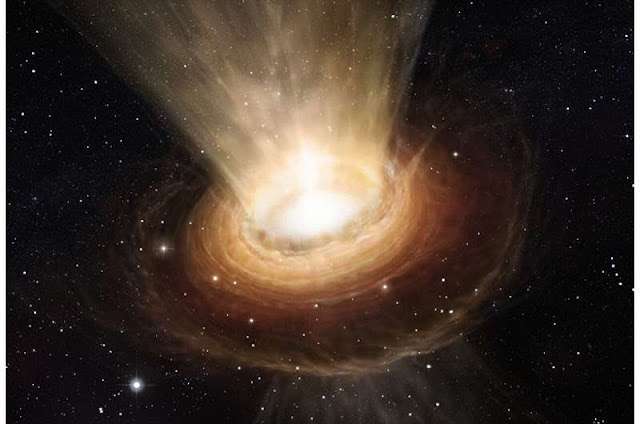
Introduction
In a monumental achievement for astronomy and space science, the James Webb Space Telescope (JWST) has captured unprecedented images revealing the final stages of planet formation in a distant star system. This breakthrough provides invaluable insights into the processes that lead to the birth of planets and enhances our understanding of the origins of our own solar system.
The James Webb Space Telescope
A Technological Marvel
Launched in December 2021, the JWST is the most advanced space telescope ever built. It is designed to observe the universe in infrared light, allowing it to see through cosmic dust and gas with remarkable clarity. Its powerful instruments and large mirror make it capable of capturing detailed images and spectra of distant celestial objects, pushing the boundaries of our knowledge.
Mission Objectives
One of JWST’s key objectives is to study the formation of stars and planets. By observing young star systems and the protoplanetary disks of gas and dust that surround them, scientists aim to unravel the mysteries of how planets form and evolve over time.
Capturing the End of Planet Formation
The Target: A Young Star System
The JWST targeted a young star system located in the constellation Taurus, approximately 450 light-years from Earth. This system, known as PDS 70, contains a protoplanetary disk and two nascent planets, making it an ideal candidate for studying the final stages of planet formation.
Breakthrough Observations
Using its Near-Infrared Camera (NIRCam) and Mid-Infrared Instrument (MIRI), the JWST captured detailed images and spectra of the PDS 70 system. These observations revealed intricate details of the protoplanetary disk and the interactions between the forming planets and their surrounding material.
Key Findings
Protoplanetary Disk Structure: The images show the complex structure of the protoplanetary disk, including gaps and rings created by the gravitational influence of the forming planets. These features provide crucial evidence of how planets sculpt their birth environments.
Planetary Atmospheres: The spectra obtained by JWST reveal the composition of the forming planets’ atmospheres. These data suggest the presence of water vapor, carbon dioxide, and other molecules essential for understanding planetary development and potential habitability.
End of Formation Process: The observations indicate that the PDS 70 system is nearing the end of its planet formation process. The remaining gas and dust in the protoplanetary disk are being cleared out, signaling the transition from a young, chaotic system to a more stable planetary system.
Implications for Planetary Science
Understanding Our Solar System
Studying the final stages of planet formation in the PDS 70 system provides valuable analogs for the early history of our own solar system. By comparing these observations with models of our solar system’s formation, scientists can refine their theories and gain deeper insights into how Earth and its neighboring planets came to be.
Exoplanet Exploration
The discovery also has significant implications for the study of exoplanets. By understanding the processes that lead to the formation and evolution of planets, researchers can better identify potentially habitable worlds around other stars. This knowledge enhances our ability to search for signs of life beyond our solar system.
Future Research
The JWST’s observations of the PDS 70 system are just the beginning. As the telescope continues its mission, it will observe many more young star systems, providing a wealth of data on planet formation across the galaxy. This ongoing research will deepen our understanding of the diverse processes that create planets and planetary systems.
Conclusion
The James Webb Space Telescope’s capture of the final stages of planet formation marks a significant milestone in our exploration of the universe. These groundbreaking observations offer unprecedented insights into the birth and evolution of planets, enriching our understanding of both our own solar system and the countless other planetary systems scattered throughout the cosmos. As the JWST continues to unveil the secrets of the universe, the future of planetary science looks brighter than ever.
